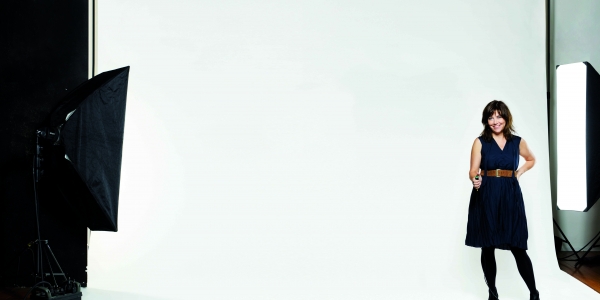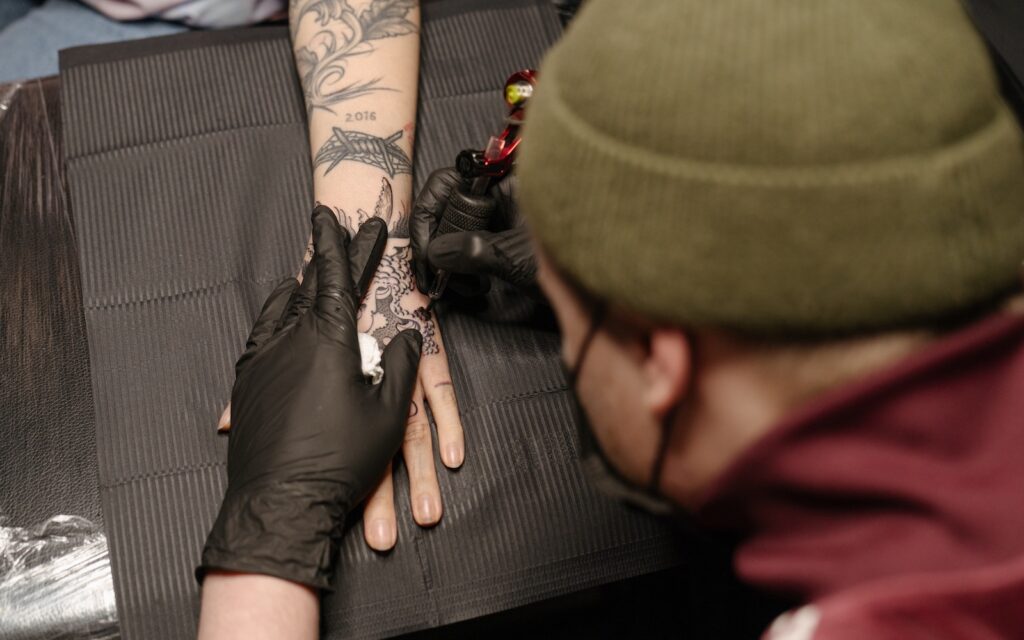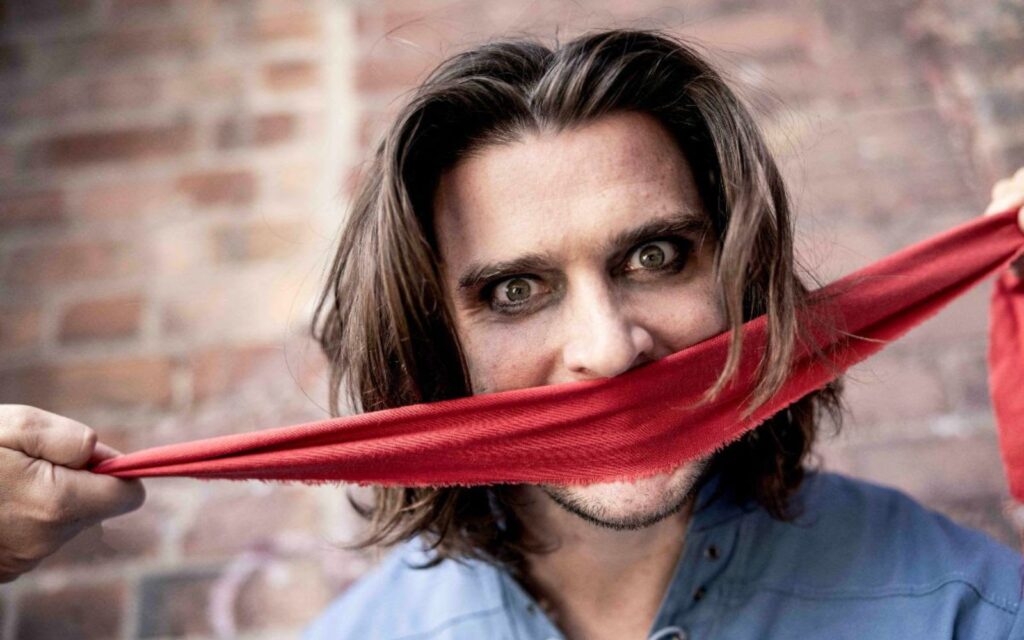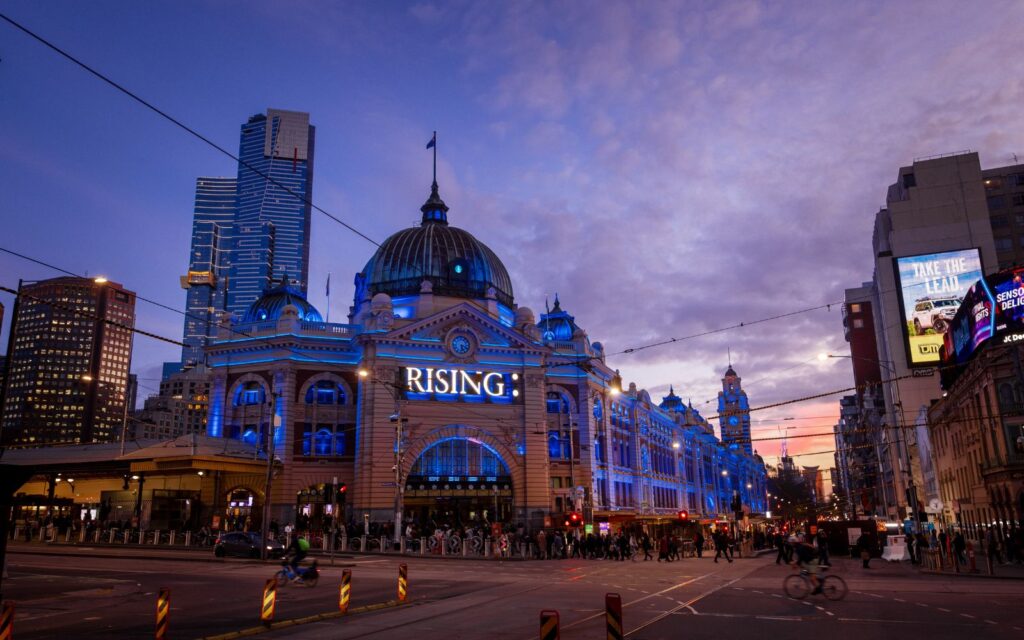You were one of the 33 signatories of the First Things First 2000Manifesto , a statement designed to encourage designers to use their talents for more than just commercial aims. Do you think it had a long-term effect?
“The effect was kind of delayed. I think initially a lot of other designers were thinking, ‘What’s this, why wasn’t I asked to sign it?’ So it ended up looking like a bunch of people that knew each other signed it. It started to have a momentum after about a year or two, possibly because it was being adopted or used in design schools and students were doing projects related to work [that was] related to it. I think famously it was Michael Bierut (partner of Pentagram who was critical over it) was over the period of a few years converted by the whole idea.
“It was written in 2000 but at the time the idea of social responsibility in design was something that designers were too embarrassed to talk about, but eventually became a high priority issue that a lot of the press (and) a lot of the designers themselves debated. It was really interesting; it had quite an effect in the end.”
Why do you think designers were embarrassed to talk about it?
“I think the debate at that point was designers feeling like they’d overstepped their own mandate. At that point the culture in design was that designers serve the client and do whatever they say, and that their own opinions weren’t so important. I think that’s changed, and that the new generation have a bit more to say about the way in which their role works, the way in which they want to have their work used works and the kind of contribution they want to make.”
Is your work in exhibition design and with museums directly related to the philosophies and sentiments expressed in the manifesto?
“I think the reason I’m working in that field is partly due to the opportunities presented to me by another designer, an interior designer, that’s always wanted us to do the graphics. From a practical side, initially we found ourselves working in that area, and then we developed an expertise in it. Over the last few years we’ve been much more conscious in trying to communicate our work in the museum area as an expertise – there aren’t many other graphic design companies specialising in that area. We’ve found it to be a little bit more profitable, and the projects last a long time you can really get your teeth into it and get involved early on in the strategising in it. A lot of the time the designers end up at the end of the process.”
How did you get into doing wayfinding signage? How does it differ from other areas of design?
“The wayfinding work that we’ve done has been a spinoff of doing museum design. For the Great North Museum in Newcastle in New England we did the interpretation for the museum part and then pitched for the wayfinding signage that complemented it. Your starting point is consulting with an architect. In this case [it was] an architect that refurbished part of the complex and was definitely not wanting their building to be covered in signage. A lot of architects like to think that their building is its own kind of wayfinding signage. The first step is to see what ambient conditions in the architecture provide wayfinding and how we can amplify what’s already there, often through colour or use of materials. It’s not just about arrows and carriers with words on them.”
Any comments on the state of design at the moment?
“I think that, particularly in that typographic area of the design spectrum, things are conservative at the moment. I think like music and fashion, in typography designers are weighed down by what has gone before. There was this golden era of modernism from 1960 until 1990, before companies created their own marketing departments. At that time designers were working directly with people that ran the business. You had iconic practitioners like Wim Crouwel who basically had power to almost make art – to do what he wanted. So he produced all this beautiful stuff that probably ultimately if it was analysed and measured – and things weren’t measured the way they are now – weren’t that effective. But they were beautiful and everyone wants to emulate that kind of classic modernism in typography and I think it makes the whole field conservative.”







